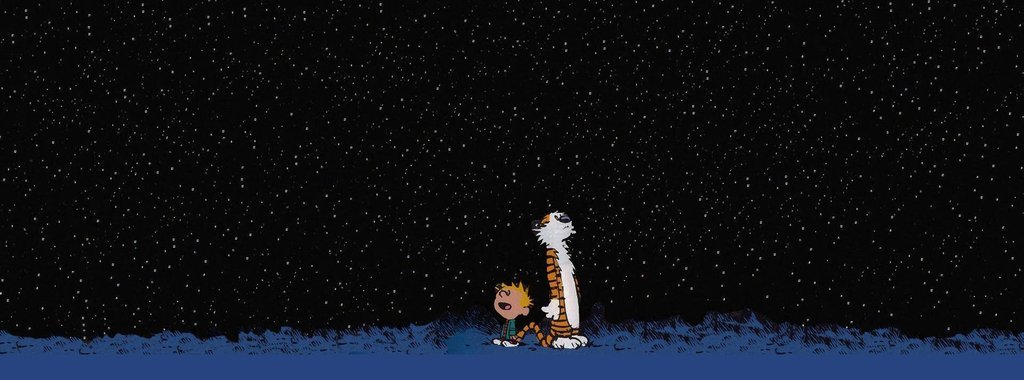-
Posts
13781 -
Joined
-
Last visited
Content Type
Profiles
Forums
Events
Everything posted by Sayonara
-
Well, try plotting a graph accurately with HTML and you'll find that's not true. You'll also find with markup that it is not scalable. It's important to understand that vector principles are fundamentally different to the linear markup and bitmap principles - trying to fudge one to perform the tasks of the other is more trouble than it is worth. Not for most people, no.
-
No, you can't. Not yet. You could use SMIL and SVG, but since virtually no browsers support them yet, that would be pointless (oddly enough the only market-viable SVG viewer at the moment comes from Adobe). Adobe Reader is free, Adobe Acrobat (the PDF editor) is not. However there are plenty of free non-Adobe pdf editors.
-
I used to be a big fan of FF, but I don't really have the time any more.
-
I was anticipating it, but seeing as it is being slated I am not going to get my hopes up.
-
The big difference between pdf and other document formats is that pdf is vector-based, which means it can do things you simply cannot do with text-based markup structures.
-
That won't change the actual degree of Eulerian variance, will it? The plot I posted was just to show that the trend I predicted appears in a data set that was randomly selected by someone else. It should not be seen as an argument to be countered. I suspect normalizing would be unhelpful in this case. It would be preferable to get hold of the same data by day instead of by month (as well as data for toher years and [known] locations, as I mentioned earlier.) What? Explain to me how the effects of a habitat, on a species that is adapted specifically for survival and dispersal in that habitat, don't shape the life history, physiology and behaviour of that species? In humans main issue with interpreting individual behaviour and population biology is that root causes are clouded by our incovenient habit of "wanting" things. The only reason this thread exists is because the popular view taken by humans is that we are somehow separated from the rules of a biological world, which is mainly untrue. Virtually everything humans do is biologically governed. Even abstract concepts such as economy and politics derive directly from systemic principles that appeared a couple of billion years ago.
-

Is it me or the word "Soccer" taking over UK media
Sayonara replied to bloodhound's topic in The Lounge
Let's hope so. -
PDF almost became the de facto standard for web document structure. Scary huh?
-
You can just see this ending up on "America's Hungriest Drivers VI" or something.
-

How Can George Bush Represent the People if.......
Sayonara replied to atinymonkey's topic in Politics
What do you remember from the constitution? -
Absolutely - that is pretty much key to the issue.
-
I'd prefer to get data from lots of years, and at the very least take a look at the standard deviation. What would be interesting is taking the same data set from Australia or another large Southern hemisphere country - it should be an inverse trend.
-
Well, seeing as you have a distinct propensity for not understanding things that people write, I don't think that's particularly my fault.
-
The only decent Trek book I have read was Voyager: Echoes.
-
Lack of evidence is not evidence. This is a fairly simple principle. Not only do we not have any evidence that non-DNA/RNA life has ever existed, we see DNA/RNA life driving its own kind extinct. Why is it so difficult to believe that if such life existed, it didn't make it? I'm really not. I am prepared to accept possibilities (if you read back up, you'll see I said it was likely that non-DNA/RNA life arose on Earth, which is pretty open-minded given the lack of any evidence whatsoever), but unlike some I have the benefit of knowing what I am talking about. Understanding how things work gives one the advantage of being able to eliminate pointless lines of enquiry.
-
"A situation requiring cohabitation does not happen where there is no cohabitation" would not be a terribly surprising state of affairs. Considering the fact that every viable habitat on Earth is populated by DNA/RNA life forms, that all known resources have species that are specialised to exploit them, and that no non-DNA/RNA life form has ever been identified, I would consider that assumption to be backed up by a truly vast wealth of evidence.
-
What I said does not require that multiple systems formed at the same time. The point I am trying to get across is that a weaker information system will collapse entirely when in competition with a stronger information system, as opposed to weaker genotypes competing against stronger genotypes, where there is at least some chance for adaptation. The circumstances are fairly irrelevant, as the success with which information is preserved and diversified will over-ride all other competitive concerns. If it didn't we would see non-DNA/RNA cellular life. By the way, taking hold of a niche and exploiting it does not in any way guarantee that a species will stay in that niche.
-
I am trying to find figures on the National Office of Statistics webbie but navigating it is a nightmare
-
I've already told you why, but for the sake of clarity I will expand on it: When competition occurs, and there is a species with one or a few traits that make it less suited to the local ecology than its competitors, then realistically one of two things can happen to preserve the information of the less suited species: (a) The population can migrate and attempt to find a less competitive or more resource-rich habitat, (b) Selection can drive the population to adapt so that they are not competitively disadvantaged. The first one only works if there are suitable habitats within range of the species under threat, and if the more competitive species are not already there (or cannot reach the new habitat). The second one only works where information is being passed on. A species can't adapt otherwise. In the case of the species I first mentioned, neither of these are going to be a particular problem, especially if geographic dispersal is possible and there is a high rate of reproduction. However, where we are discussing a species (or a kingdom rather) which does not share the DNA/RNA system, and assuming we are taking the lack of such organisms now to be evidence that they are extinct, it is reasonable to assume that the system in use in this kingdom (let's call it X) is competitively weak next to the DNA/RNA system. In such a scenario, (a) would not help, especially over long periods of time. The wider range of the other kingdoms and the sheer diversity of species would mean that virtually any habitat that the X-system species might use will already have been colonised by organisms of at least one trophic level. This means that X-species can never be effective as exploitative producers (and are slightly unlikely to be primary consumers, although that is less of a problem). The second problem is even more threatening. Because these species can't thrive, and because there is little chance of random drift or competitive selection throwing up a whole new system of information encoding, selection begins to occur without their genetic input. They themselves are being selected against. Their information is not being passed on to offspring with enough frequency or range to allow for sufficent diversification. It's not just a simple matter of features being selected against; their entire system of information preservation is being prevented from working. They cannot adapt to that.
-
Blast from the Past alert! Lo Newbie.
-
No there would not. There would be no living species of that kind for the reasons I stated, and sub-cellular evidence is not likely to be around after almost four billion years, now is it?
-
No, that is not what it is saying. Read it again.


